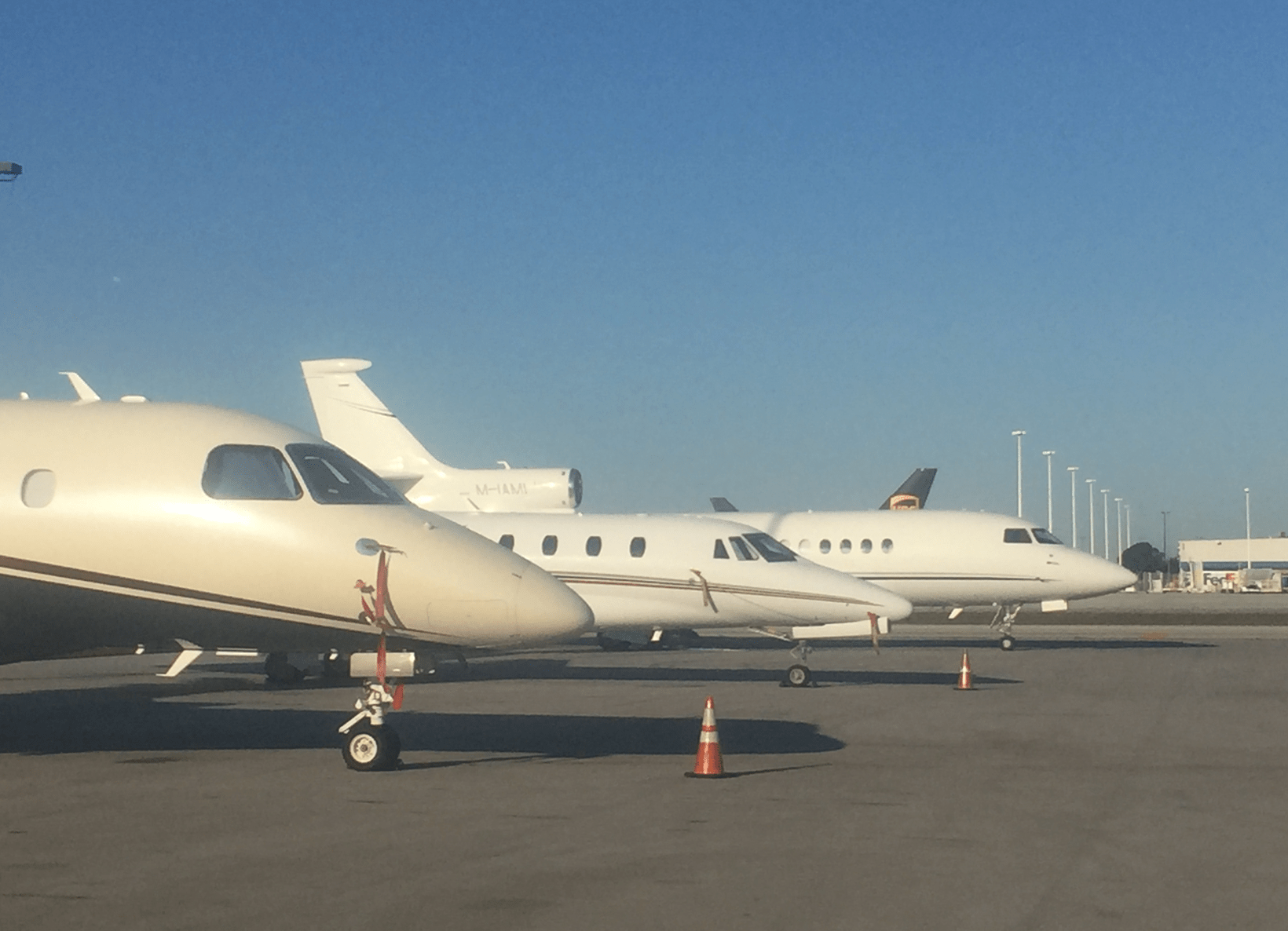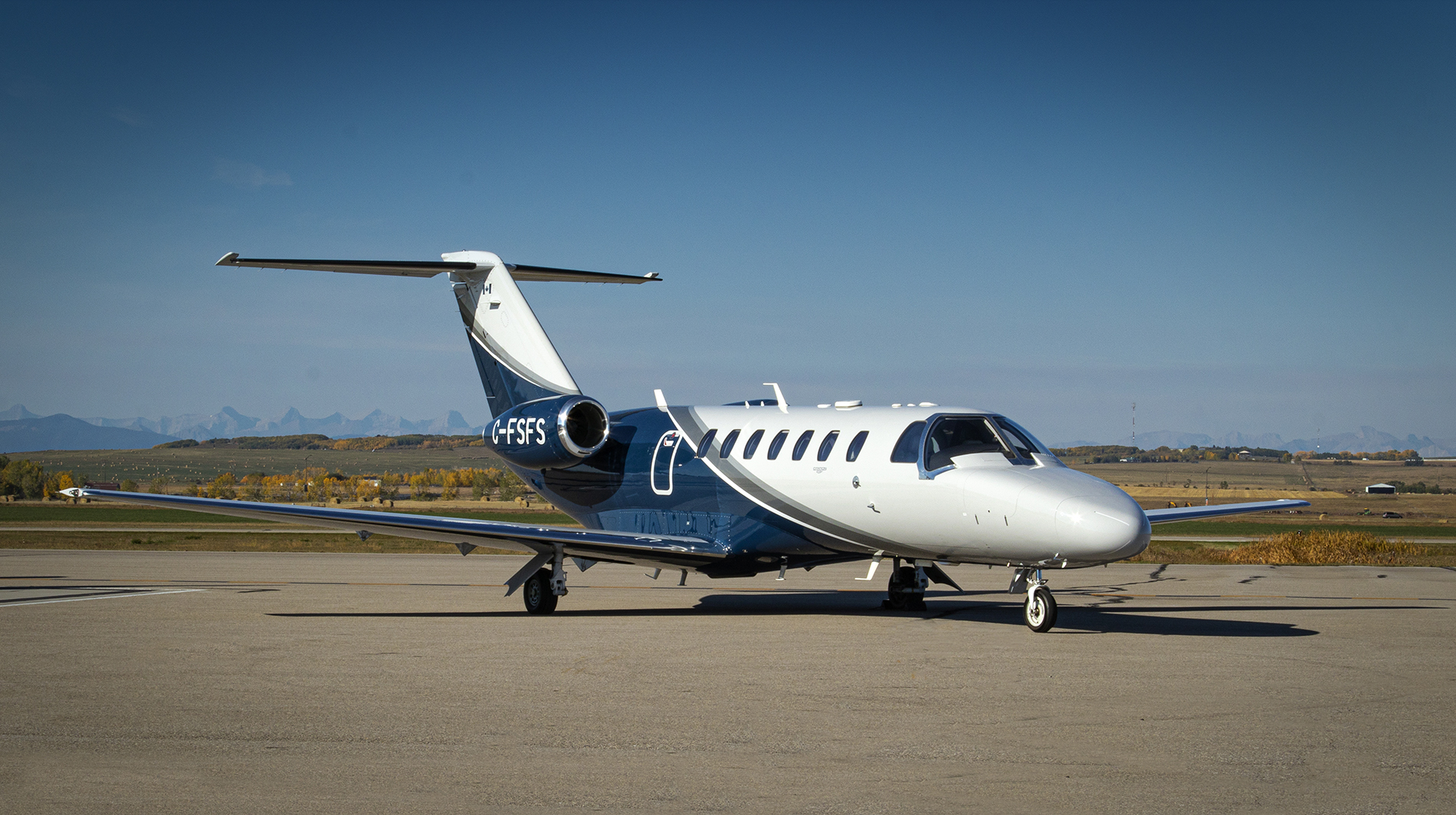The Hidden Costs of Booking a Private Jet (And How to Avoid Them)
Have you ever dreamed of flying in the lap of luxury, soaring through the skies in a private jet? The allure of bypassing crowded airports, enjoying personalized service, and arriving at your destination in style is undeniable. However, the true cost of booking a private jet can often catch even the savviest travelers off guard.
As an authority in the world of private aviation, we’re here to shine a light on the hidden costs you need to consider when booking a private jet. From unexpected fees to operational expenses, we’ll break down the various factors that can impact your overall budget and provide you with the knowledge to make informed decisions.
Buckle up, because we’re about to take you on a journey through the financial realities of private jet travel. By the end of this comprehensive guide, you’ll be equipped with the tools to navigate the private jet booking process with confidence and avoid the pitfalls that can leave a dent in your wallet.
The Base Rental Rate: Understanding the Foundation
When it comes to private jet rentals, the base rental rate is the foundation upon which everything else is built. This is the fundamental cost of leasing the aircraft for a specific duration, and it’s often the first number that catches the eye of potential flyers.
However, the base rental rate is just the tip of the iceberg. It’s important to understand that this figure is merely the starting point, and a myriad of additional costs can quickly add up, transforming your initial estimate into something quite different.
So, what factors contribute to the base rental rate, and how can you ensure you’re getting a fair deal? Let’s dive in.
The Nuances of Aircraft Size and Seating Capacity
One of the primary drivers of the base rental rate is the size and seating capacity of the private jet. Larger aircraft, capable of accommodating more passengers, will naturally command a higher price tag. This is because the operational costs of maintaining and flying these larger planes are inherently greater.
For example, a small, four-seat light jet may have a base rental rate of $3,000 per hour, while a large, 12-seat heavy jet could cost upwards of $10,000 per hour. The difference in size, fuel consumption, and crew requirements all contribute to this significant disparity.
When considering your private jet rental, it’s crucial to carefully assess your travel needs and the number of passengers you’ll be transporting. Choosing an aircraft that’s too large for your party could result in unnecessary expenditures, while booking a jet that’s too small may leave you feeling cramped and uncomfortable.
The Importance of Deadhead Flights
Another factor that can impact the base rental rate is the concept of deadhead flights. Deadhead flights refer to the empty legs of a journey – the segments where the aircraft is flying without any passengers on board.
Imagine a scenario where a private jet drops off passengers in New York and then needs to return to its home base in Los Angeles. The cost of that empty flight back to LA is considered a deadhead, and it’s often passed on to the customer.
Savvy private jet operators will try to minimize deadhead flights by strategically positioning their aircraft to align with customer demand. However, this isn’t always possible, and the cost of these empty legs can add a significant burden to your overall bill.
To mitigate the impact of deadhead flights, consider booking round-trip or multi-leg journeys, as this can help distribute the cost more evenly. Additionally, be flexible with your travel plans, as the operator may be able to match your itinerary with other clients, reducing the need for costly deadhead flights.
The Variable Costs: Fuel, Crew, and Maintenance
Beyond the base rental rate, there are several variable costs associated with private jet travel that can significantly impact your overall budget. These include:
Fuel Costs: Private jets are notoriously fuel-hungry, and the cost of aviation fuel can fluctuate rapidly. Depending on the aircraft, fuel consumption, and market conditions, the fuel surcharge can add hundreds or even thousands of dollars to your final bill.
Crew Costs: Each private jet requires a dedicated crew, including pilots, co-pilots, and flight attendants. These professionals command competitive salaries, and their compensation is often factored into the overall cost of your rental.
Maintenance and Operational Costs: Private jets require meticulous maintenance and regular inspections to ensure airworthiness and safety. These operational expenses are typically passed on to the customer, adding yet another layer of costs to your private jet journey.
To keep these variable costs in check, be proactive in understanding the fuel efficiency of the aircraft you’re considering, and inquire about the operator’s policies on crew compensation and maintenance fees. Negotiating these aspects upfront can help you avoid unpleasant surprises down the line.
Taxes, Fees, and Regulatory Compliance
The world of private aviation is heavily regulated, and with that comes a myriad of taxes, fees, and compliance-related expenses. These can include:
Federal Excise Tax (FET): In the United States, a 7.5% federal excise tax is levied on all private jet charter flights, adding a significant burden to your overall cost.
Passenger Facility Charges (PFCs): Airports often impose these fees to fund infrastructure improvements and maintenance, and they can range from $4.50 to $18 per passenger.
International Fees and Permits: If your private jet journey takes you across international borders, you may be subject to a variety of fees and permits, such as overflight charges, landing fees, and customs clearance costs.
Regulatory Compliance: Private jet operators must adhere to a strict set of safety and operational regulations, and the costs associated with maintaining this compliance are often passed on to the customer.
To mitigate the impact of these fees and taxes, work closely with your private jet provider to understand the specific charges that may apply to your itinerary. Additionally, consider booking your flights well in advance, as some operators may offer discounts for early bookings.
The Unexpected Costs: Catering, Ground Transportation, and More
As if the base rental rate, variable costs, and regulatory fees weren’t enough, the world of private jet travel is also rife with unexpected expenses that can easily catch unwary travelers off guard. These include:
Catering and Refreshments: While the convenience of in-flight dining is one of the allures of private jet travel, the cost of catering can quickly add up, especially if you have specific dietary requirements or a taste for premium offerings.
Ground Transportation: Getting to and from the private jet terminal can also be a significant expense, with the need for luxury ground transportation, such as limousines or private cars, adding to your overall bill.
Onboard Amenities: From high-end toiletries to in-flight entertainment systems, the additional amenities offered on private jets can come with their own price tag.
Repositioning Fees: If the private jet needs to be relocated to a different airport to pick you up, the cost of this repositioning may be passed on to you.
To avoid these unexpected costs, be sure to discuss your specific needs and preferences with your private jet provider upfront. Inquire about bundled packages that may include ground transportation or catering, and consider whether you truly need all the bells and whistles that come with a private jet rental.
The Membership Factor: Understanding Fractional Ownership and Jet Cards
For those who fly private regularly, the options of fractional ownership and jet cards can offer a more cost-effective solution. However, these alternatives also come with their own unique set of considerations and potential hidden costs.
Fractional Ownership: In a fractional ownership arrangement, you purchase a share of a private jet, often ranging from 1/16 to 1/2. This entitles you to a certain number of hours of flight time per year, as well as access to the operator’s fleet of aircraft. While this can provide a more affordable long-term solution, the upfront investment and ongoing fees must be carefully evaluated.
Jet Cards: Jet cards are pre-paid programs that allow you to purchase a set number of flight hours in advance, often at a discounted rate. This can be a convenient option for those who fly private regularly, but it’s essential to understand the terms and conditions, including any blackout dates, peak-day surcharges, or hidden fees.
When exploring these membership-based options, be sure to scrutinize the fine print, understand the commitment required, and calculate the true cost per hour of flight time. Failing to do so could result in unexpected expenses that undermine the perceived savings.
The Importance of Timing: Seasonal Variations and Peak Demand
The private jet industry is not immune to the ebbs and flows of supply and demand. Just like any other travel-related service, the cost of booking a private jet can vary significantly based on the time of year and the level of peak demand.
Seasonal Variations: During the summer months, when leisure travel is at its peak, the demand for private jets often soars, leading to higher rental rates and limited availability. Conversely, the winter months may offer more favorable pricing and greater flexibility in booking.
Peak Demand Periods: Certain events, such as major sporting events, conferences, or holidays, can also drive up the demand for private jets, resulting in increased rates and potential scheduling challenges.
To mitigate the impact of these seasonal and peak demand fluctuations, it’s crucial to plan your private jet travel well in advance. Flexibility in your travel dates can also help you capitalize on the most favorable pricing windows.
Transparency and Communication: The Key to Avoiding Hidden Costs
One of the most effective ways to navigate the complex world of private jet rentals and avoid hidden costs is to foster a relationship of transparency and open communication with your provider.
From the outset, be sure to ask detailed questions about the various fees and charges that may apply to your booking. Inquire about the breakdown of the base rental rate, the potential for additional variable costs, and any regulatory or operational expenses that may be passed on to you.
Moreover, don’t be afraid to negotiate. Many private jet operators are willing to work with customers to find a mutually agreeable solution, especially if you’re a repeat or high-volume client.
By taking a proactive approach and maintaining open dialogue with your provider, you can ensure that there are no surprises lurking in your final bill, allowing you to enjoy the luxury of private jet travel with confidence and peace of mind.
The Takeaway: Embracing Transparency and Making Informed Decisions
Booking a private jet can be an exhilarating and transformative experience, but it’s essential to approach it with a clear understanding of the true costs involved. From the base rental rate to the unexpected fees and operational expenses, the world of private aviation is rife with hidden pitfalls that can quickly derail your budget.
By arming yourself with the knowledge and insights presented in this comprehensive guide, you’ll be better equipped to navigate the private jet booking process with confidence. Remember to always prioritize transparency, communicate openly with your provider, and be mindful of the various factors that can impact your overall costs.
Embrace the luxury and convenience of private jet travel, but do so with your eyes wide open. With the right approach, you can soar through the skies in style while keeping your financial well-being firmly grounded.



